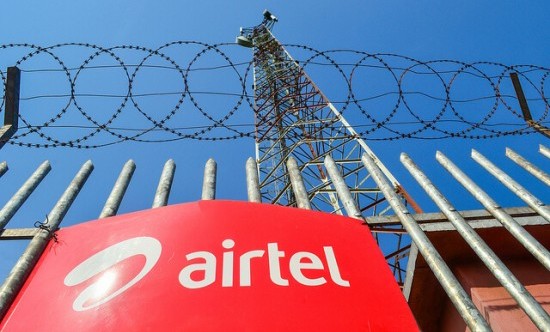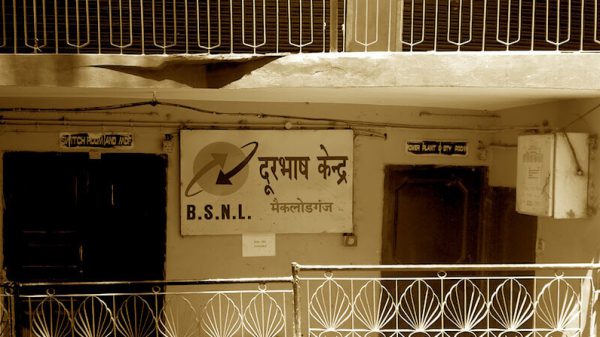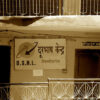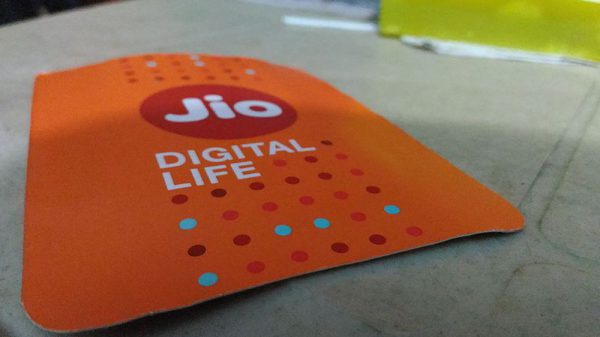The Competition Commission of India put out a 34 page report this month on the state of the telecom industry from a competition perspective. The report was compiled based on a combination of stakeholder inputs and reviews of publicly available material.
Industry trends
Market structure and price competition
- Prices and market dominance: Over the years, data prices have plummeted to less than ₹10 per GB, with Reliance Jio emerging as the dominant operator with around one third market share in subscribers and Adjusted Gross Revenue. Data use has grown to over 10GB per user per month, and calls have grown to over 600 minutes per user per month.
- ARPU composition: Average Revenue Per User stands at ₹109–154 as of March 2020. Over 40% of user revenue now comes from data, as opposed to over 10% in 2014.
- Jio effect, incumbent trouble: Low tariffs became the norm after the market was forced to respond to Jio’s entry in 2016. Jio was a new network so faced fewer financial difficulties compared to incumbent operators in upgrading legacy infrastructure. The competition forced Vi and Airtel to aggressively pursue high-value recharges, “thus narrowing the digital divide” in rural areas. Vi maintains a narrow lead in rural markets. Both telcos are also positioning postpaid plans as premium offerings.
Technological evolution and data based services
- Spectrum: Spectrum is needed to provide better services in 4G networks. Contiguous spectrum blocks help achieve operational efficiency. Spectrum liberalisation in 2016 helped incumbent telcos mobilize their networks for 2G, 3G as well as 4G.
At the same time, incumbents hold more dispersed bands of spectrum than Reliance Jio (RJio). For example, Airtel holds spectrum in 800 MHz, 900 MHz, 1800 MHz, 2100 MHz, and 2300 MHz frequency bands, while RJio’s holdings are concentrated within 800 MHz, 1800 MHz and 2300 MHz bands. The current spectrum holdings for Airtel10, VIL, RJio and BSNL across all circles and spectrum bands are 862.7 MHz, 931.7 MHz, 602.5 MHz, and 388.2 MHz, respectively. — CCI Market Study
- BWA and managing multiple technologies: Jio acquired Broadband Wireless Access spectrum in 2010, before rule changes in 2012 enabled such spectrum to be used for both voice and data. Citing a Print article with the headline “This is how India ruined its mobile phone companies,” the CCI said:
During the initial years following the liberalisation of the sector, spectrum came bundled with the license that acted as an entry barrier. In 2010, spectrum in the 2100 MHz and 2300 MHz bands was assigned for the first time through an online auction. The 2010 auction was successful in that the entire spectrum put up for sale was acquired at prices that far exceeded the reserve price. Since reserve prices for subsequent auctions were continuously indexed to previous rounds, the price of spectrum remained high. Operators have paid upwards of Rs. 3.5 lakh crores across 6 auctions between 2010 and 2016. Consultations with experts revealed that the spectrum costs in India are approximately 7.6 per cent of their aggregate revenue, making them amongst the most expensive in the world, followed by Thailand at 7.3 per cent and Bangladesh at 7 per cent.
Price and non-price parameters of competition
- Fallout of price reduction: Due to prices falling after Jio’s entry, telcos were making less than what they invested into their networks. Tariffs were increased at the end of 2019, but Quality of Service has not been at its best throughout the telecom industry’s history in India, as price-based competition has been more valuable to the industry.
- Financial struggles: Incumbent telecom operators have been financially distressed and they are highly leveraged, rendering them unable to pay taxes and interest. Recent investments into both operators are insufficient to address the concern of the sustainability of the telecom industry.
- 5G rollout: Spectrum needs to be available at reasonable prices, whereas it is likely that they will cost more compared to other countries. Allotting 5G spectrum at a reasonable price is important so that the “capital market remains interested in funding network upgradation and expansion, including the acquisition of spectrum.”
Competition issues
In general, the presence of strong players is good for competition, however, a heterogeneous market with a few weakened debt-ridden operators may be inimical to it. The issues impacting industry competition are discussed in subsections below.
- Why Jio didn’t get on the regulatory radar: Competition regulation generally looks at “Significant Market Power”, and since Jio was not an incumbent, its low prices did not attract antitrust scrutiny, and wasn’t characterised as “predatory”. As tariffs fell, operators demanded a floor price regime, which TRAI did not agree to, and CCI recommended against it as well. The December 2019 tariff hike anyway increased tariffs by 40%.
- Convergence and competition: Since telcos are converging, selling OTT subscriptions bundled, it is hard to regulate on telecom prices alone, as operators compete on bundles as opposed to a simple service. There is a lack of precedent on regulating this kind of market for competition.
- Differentiating services: Since telecom as an industry has “tremendous product parity”, retaining customers is a challenge. While the average customer is still price-sensitive, quality of service and other related factors play a role as well. Bundled offerings and rewards to subscribers are non-price competition methods that can help telcos differentiate their services. OTT streaming services are in a symbiotic relationship with telcos, with Net Neutrality rules protecting telcos from discrimination against them by the telco
Vertical integration and CDNs
- Walled gardens? Deals with OTT platforms and other kinds of vertical integration may pose a competition risk if they contribute to the creation of a walled garden from which users may be disinclined to switch. However, it is unclear if the deals in the market right now are contributing to that situation. It remains to be seen if vertical integration will lead to a winner-takes-all situation. Recent acquisitions by Jio and activities by Airtel suggest that this will be an area to continue scrutinizing.
- CDNs and Net Neutrality: Content Delivery Networks are responsible for much of the internet’s traffic. These companies’ relationships to ISPs, and their competitiveness, needs to be examined, as there is a potential for discriminatory deals.
Licensing and infrastructure sharing
- Licensing: Licensing different parts of access provision, like networks and services atop these networks, is being recommended by different stakeholders. Such unbundling of licenses may be required to tap into 5G’s full potential.
- Infrastructure sharing: India has interconnection regulations to facilitate access to telecom networks, and thereby to the market. As for infrastructure sharing, there is no concern seen as the number of infrastructure providers (such as tower companies) is very high, so sharing will deduplicate efforts across telecom companies. Active infrastructure sharing is only allowed for holders of Unified License, Cellular Mobile Telephone Service License, and the Unified Access Services License. As such, ISPs are unable to share wireless infrastructure, something that could help decongest mobile networks in crowded places by offloading traffic to WiFi. WiFi hotspots also lower cost of entry to the market, and rules to ease the purchase of needed equipment could reduce cost per MB on WiFi networks as well.
- Same service, same rules: TRAI has looked at OTT messaging and streaming services not just from a financial arbitrage angle (as argued by telcos who decried their loss of call revenue to calling apps), but also from an interception point of view. No regulation was announced, and stakeholders felt intervention would be premature and harmful. However, telcos also complained that they would have to pay AGR fees on OTT content if they competed with these players, essentially putting them at a disadvantage.



















